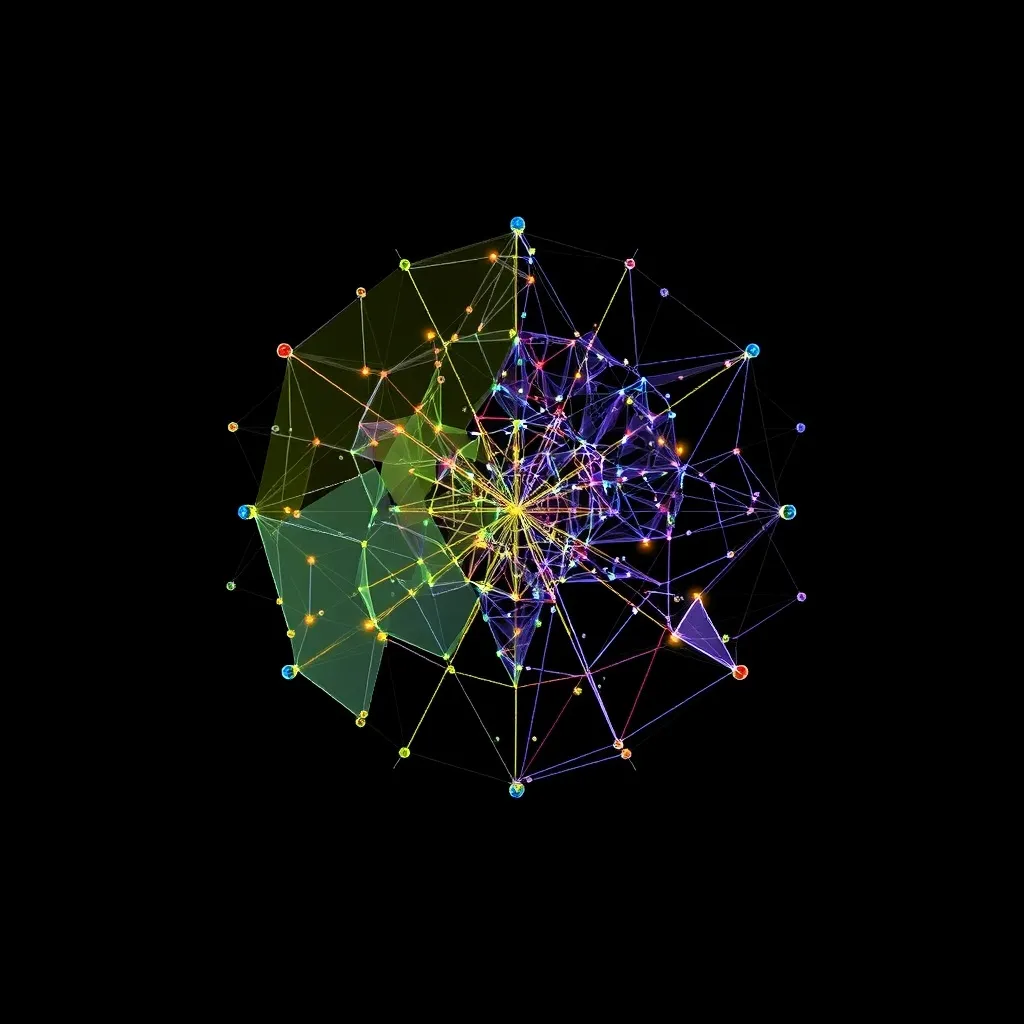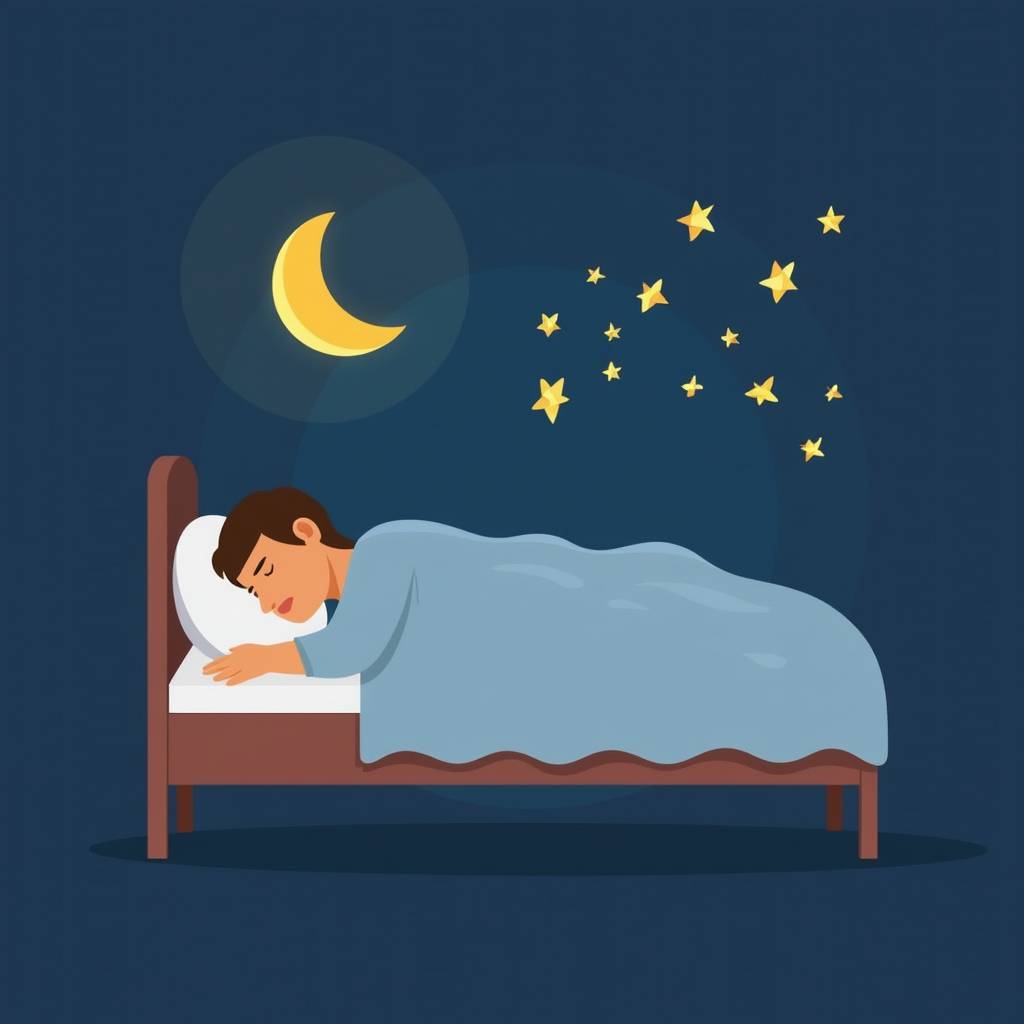Introduction
Not everyone is wired to wake up early. Some feel energized at dawn, while others hit their mental peak at midnight. These natural differences are not laziness or habit—they are biologically driven and known as chronotypes.
Understanding your chronotype is essential for aligning your sleep, productivity, and cognitive training. Genetic Learning (GL) adapts beautifully to each chronotype, offering a way to work with your brain’s rhythm, not against it.

What Are Chronotypes?
Chronotypes are individual variations in the timing of your biological clock. The most common types are:
-
Morning types (Larks)
Wake up early, think clearly in the morning, sleepy by evening. -
Evening types (Owls)
Active and creative at night, struggle with early mornings. -
Intermediate types (Hummingbirds)
Somewhere in between—flexible but still patterned.
Your chronotype is influenced by genetics, hormones (melatonin & cortisol), and even age. Teens, for example, are more likely to be “owls,” while older adults shift toward “lark” patterns.

The Problem with Mismatched Schedules
When people ignore their natural rhythm:
-
Sleep quality drops
-
Mental clarity declines
-
Mood becomes unstable
-
Productivity suffers
Students forced to study at dawn or professionals made to attend late-night meetings often experience “social jetlag”—living out of sync with their biological clock.

How Genetic Learning Adapts to Chronotypes
GL is not one-size-fits-all. It is structured, but flexible—making it perfect for customized cognitive activation.
-
Morning Chronotype (Larks)
-
Best time for GL: Late afternoon
-
Purpose: Prepare for early sleep and reduce residual stress from an early-start day
-
-
Evening Chronotype (Owls)
-
Best time for GL: Late evening (9–11 p.m.)
-
Purpose: Calm hyperactive brain, balance melatonin delay, and prepare for smoother transition into sleep
-
-
Hummingbirds (Flexible)
-
Best time for GL: Based on fatigue cycle
-
Purpose: Use GL as a signal to wind down regardless of the day’s flow
-

Case Examples
-
Reem (Evening type): After moving GL practice to 10:30 p.m., she reported faster sleep onset and less restlessness.
-
Fahad (Morning type): Doing GL at 5 p.m. helped him “mentally settle” before his 9 p.m. bedtime.
“GL became my personal off-switch, timed to my own rhythm.”

Your brain has its own rhythm—listen to it. With Genetic Learning, you can synchronize your brain training and sleep preparation with your natural biological clock, unlocking deeper rest, sharper thinking, and better emotional balance.
Sleep isn’t just about hours—it’s about timing. Let GL help you align.
Discover More with Sleeping Order
Related posts
Genetic Learning for Children: Building Strong Brains and Better Sleep from an Early Age
Introduction Childhood is the most critical period for brain development. It’s when neural pathways are
The Sleep Architecture Explained: How Genetic Learning Optimizes Each Sleep Stage
Introduction Sleep is not a single state—it’s a cycle made of several distinct stages, each
Chronotypes and Genetic Learning: Tailoring Sleep and Brain Training to Your Internal Clock
Introduction Not everyone is wired to wake up early. Some feel energized at dawn,



